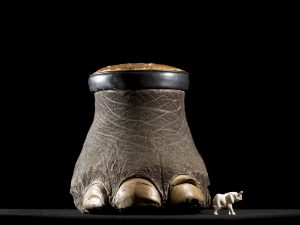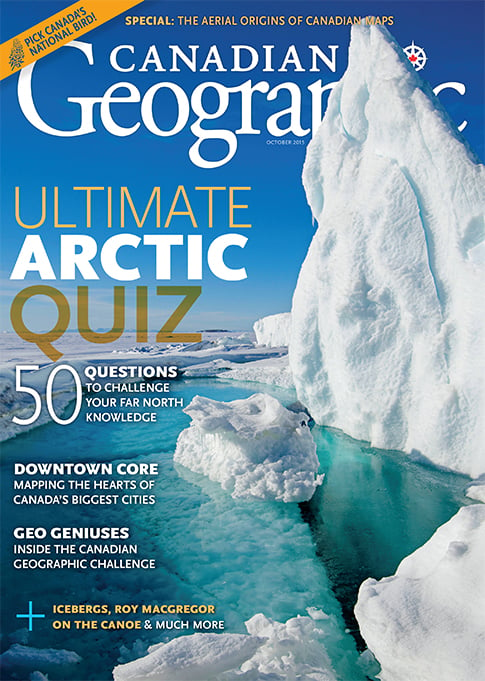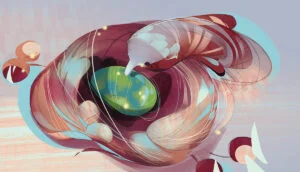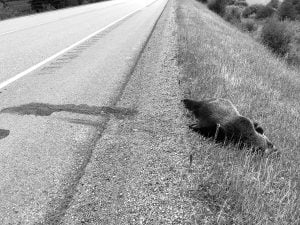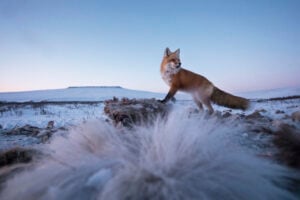Once valued, now reviled.
That about sums up how attitudes toward the wild parsnip have changed since North America’s early European settlers grew it as a root crop. Today, Pastinaca sativa is a potentially dangerous nuisance, a pernicious invasive species that can outcompete native plants, reduce the fertility of livestock that eat it and leave you with painful burns, rashes and blisters if its sap gets on your skin and is exposed to sunlight.
Here, Dilhari Fernando, executive director of Canada’s Invasive Species Centre, discusses the plant, which is classified as a noxious weed in Ontario and seems to be prevalent in the eastern part of the province this summer, when gardening expert Mark Cullen linked it to urban sprawl.
On wild parsnip and urban sprawl
What’s happening is that as our cities grow, folks are getting out into what used to be deep countryside and using it for recreation. You get wild parsnip largely in open fields, and as those fields become urban areas, you can see how the plant would spread and come into contact with people. People are a vector for wild parsnip — we don’t intend to be, but sometimes we are. As a result, it spreads farther than it would naturally, and that’s what we’re seeing.
On what can be done
It’s about education. It’s the same sort of situation as poison ivy; we coexist with it and really just have to understand how to identify it and know what to do if we see it. If people see wild parsnip in their local park, they should call the city or municipality and not try to deal with it themselves.
On why it seems prevalent in Ontario this summer
There’s been a resurgence of interest in it, and I think it’s because there was a story about a boy from Pickering, Ont., who was quite badly burned by wild parsnip. I think that captured the attention of folks who are saying “Oh my God, that could have been my child. How can I prevent this from happening?” That peak in interest doesn’t correlate, however, with there being some sort of upswing in wild parsnip right now, and we don’t have empirical evidence that suggests there is. I think anecdotally people would say that they see it everywhere, but we don’t know whether that’s because people are looking for it — maybe they’re getting it confused with Queen Anne’s Lace — or because there really are increasing pockets of wild parsnip.
On whether people understand the seriousness of invasive species
They do, but it’s slow. Generally, until people are directly affected by it, they tend not to pay that much attention. Things such as wild parsnip and giant hogweed get attention because they can cause damage to people and their families, while people pay attention to things like emerald ash borer because it could cost them anywhere between $500 and $3,000 to remove a tree. I will confess it’s very difficult to compete with the national economy or other really important things such as climate change. We find that we have to pick our winners; you have to really identify the species that are the most troubling from an environmental, economic or social point of view.
On how seriously the Invasive Species Centre takes wild parsnip
It’s across the country and pretty prevalent across North America. In terms of the country as a whole, I tend not to advocate a top 10 list, but we do have our own internal list of invasive plants and wild parsnip is one of them. It’s definitely on the list of those species that we would want Canadians to know about.
